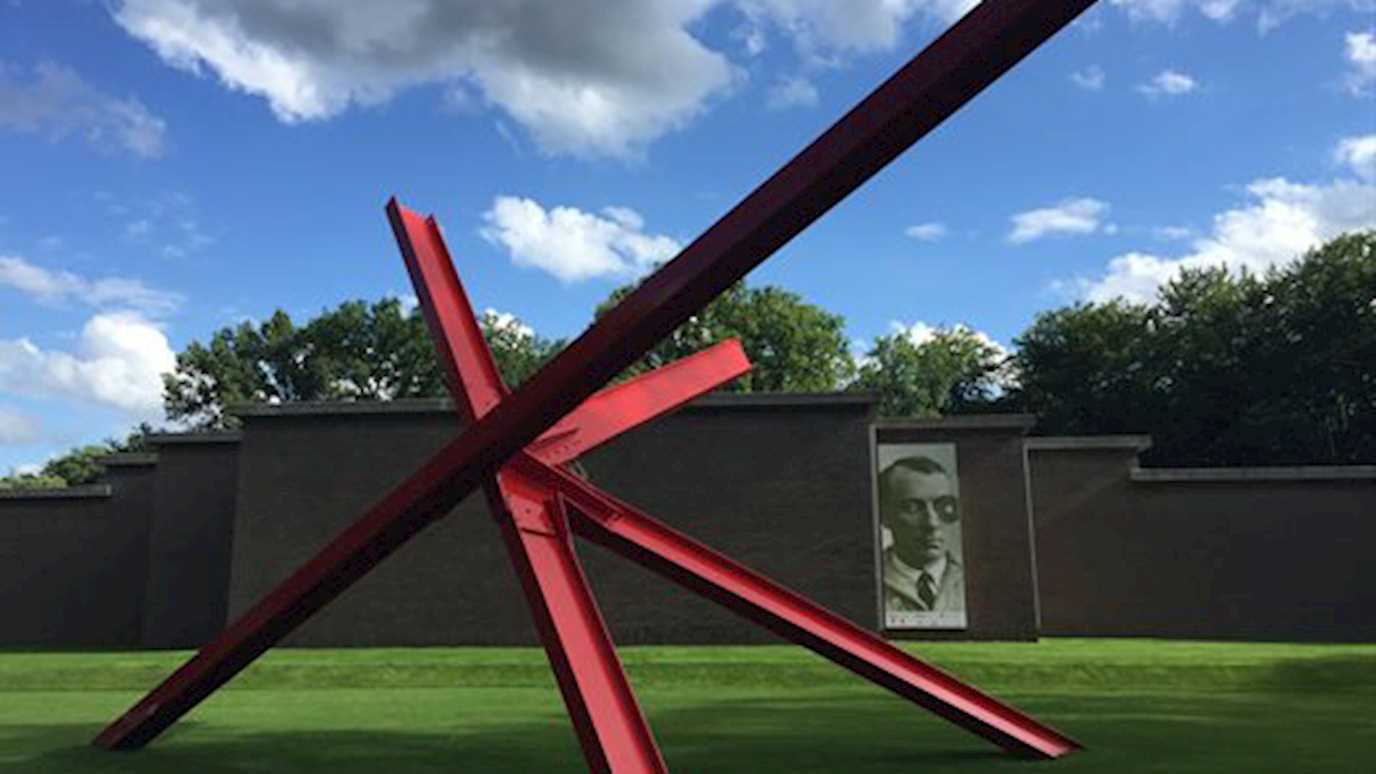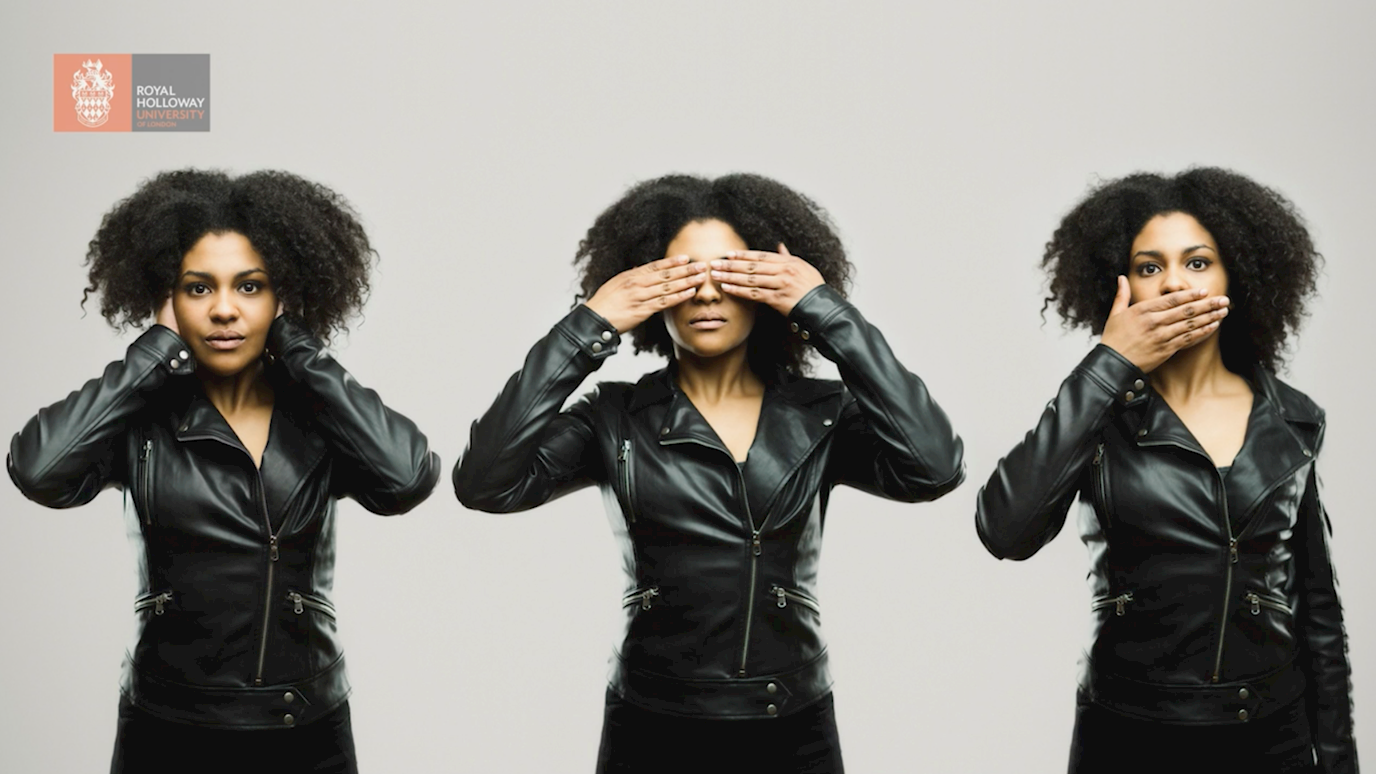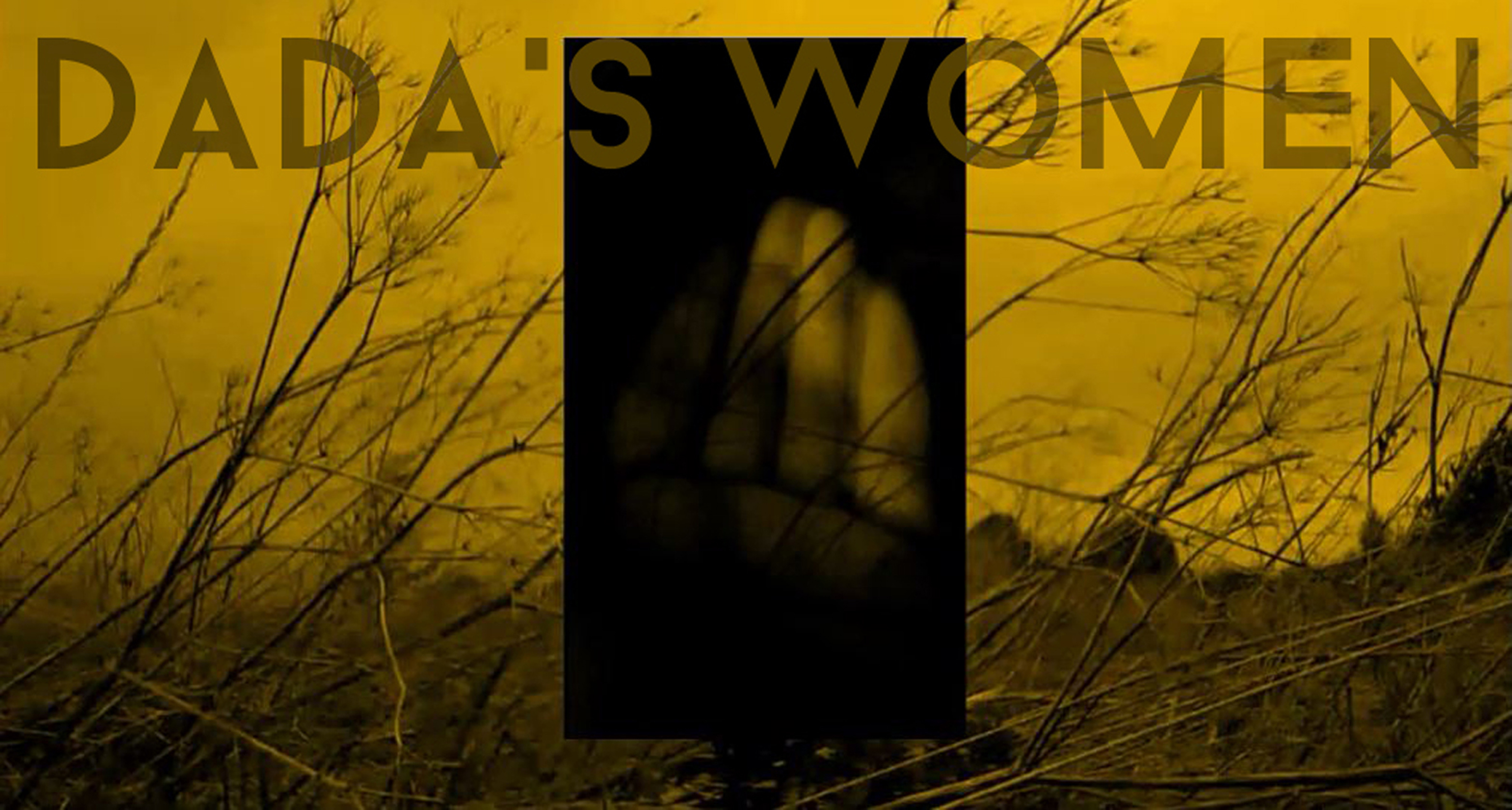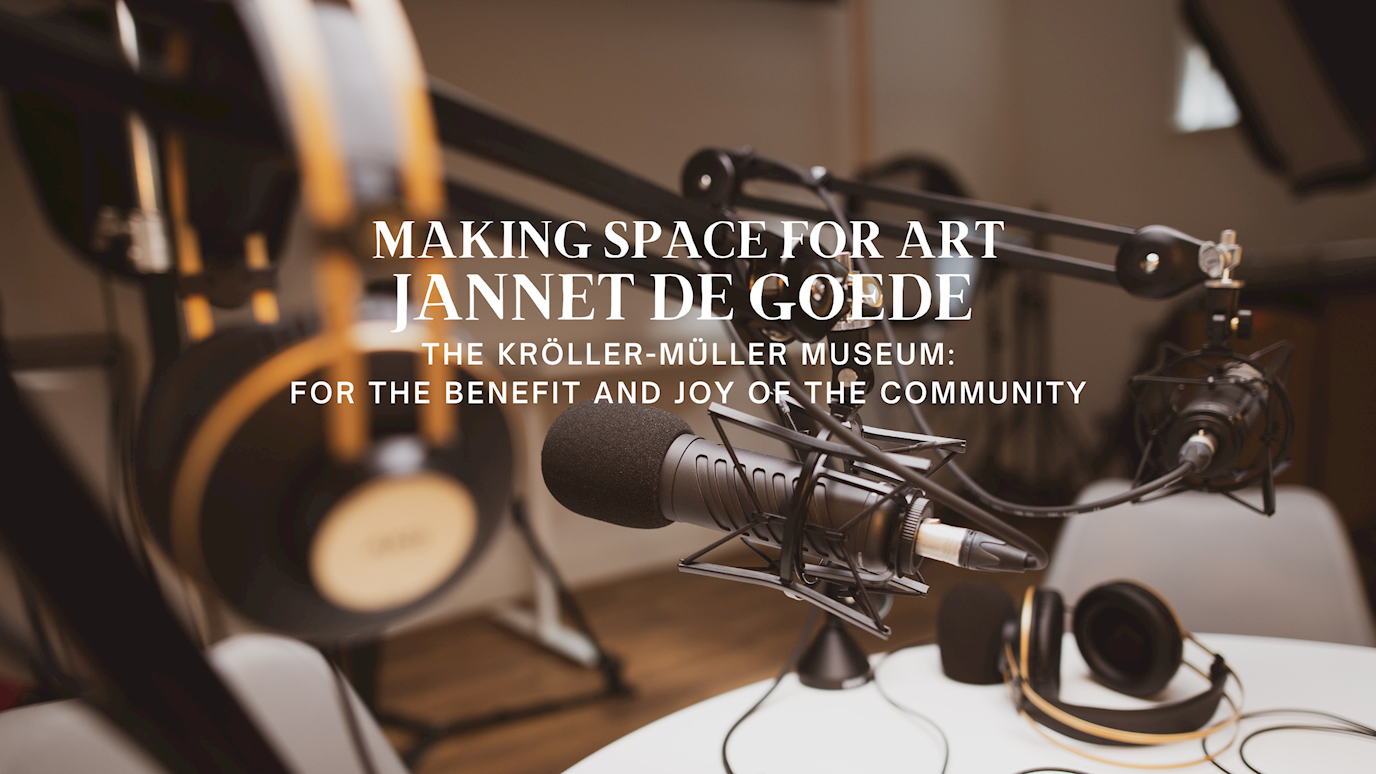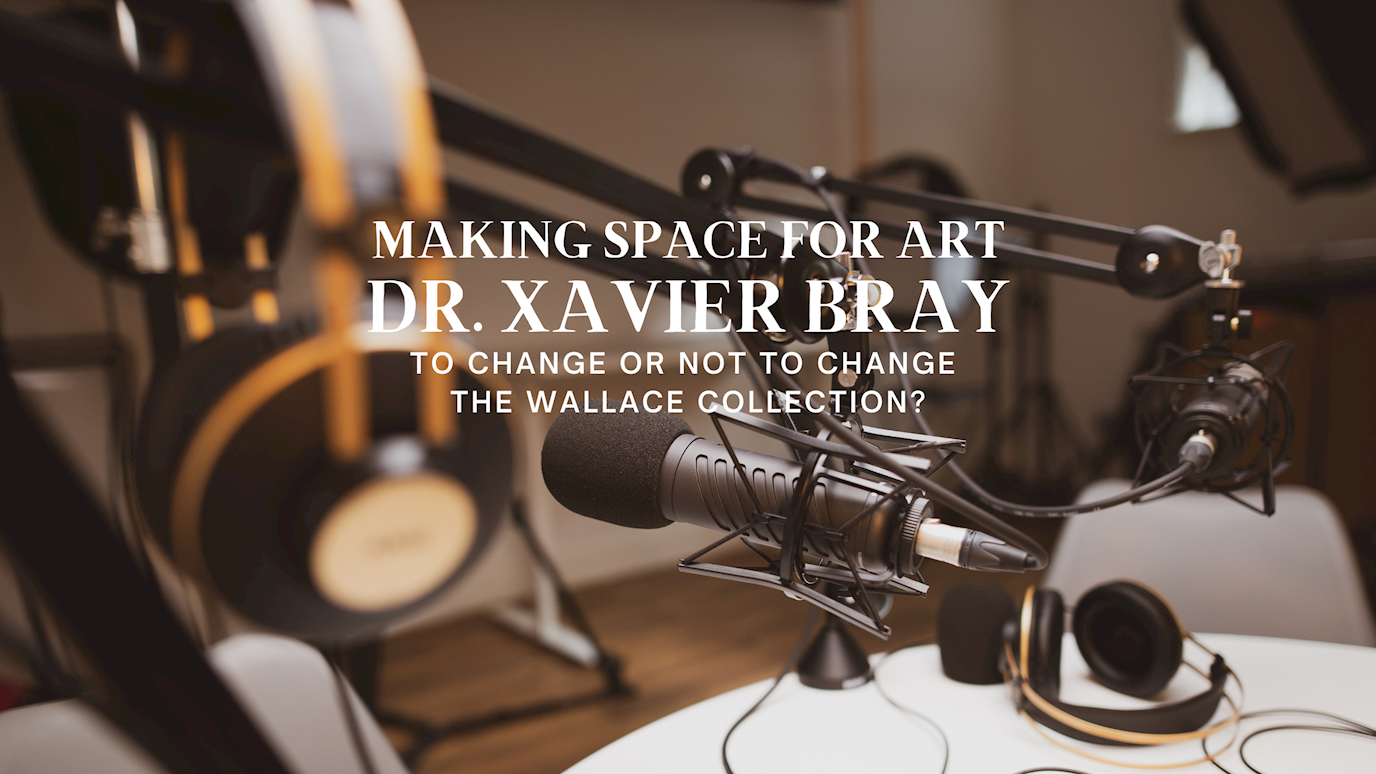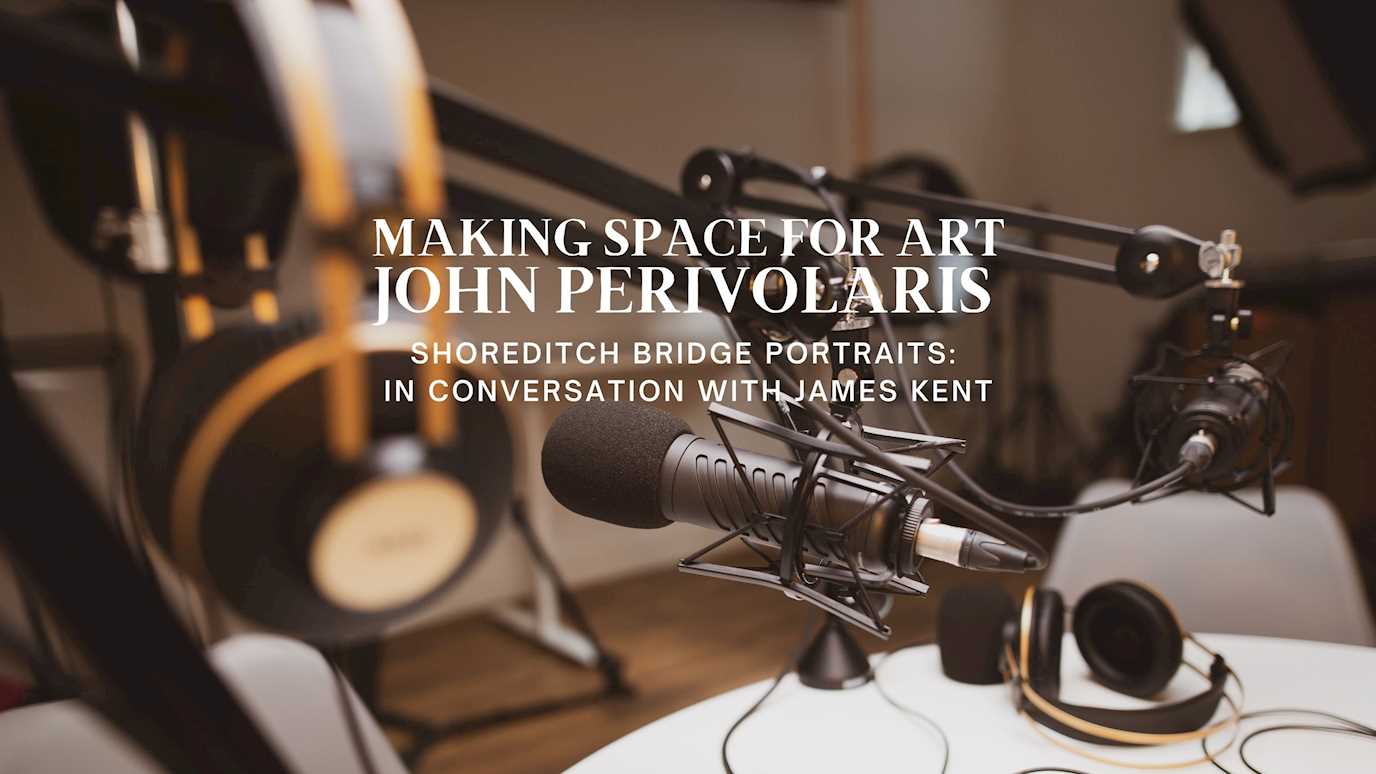PhD researcher Martina Borghi shares her experience of creating a video love letter to a work of art as part of this year’s love-themed programme with Tate Exchange.
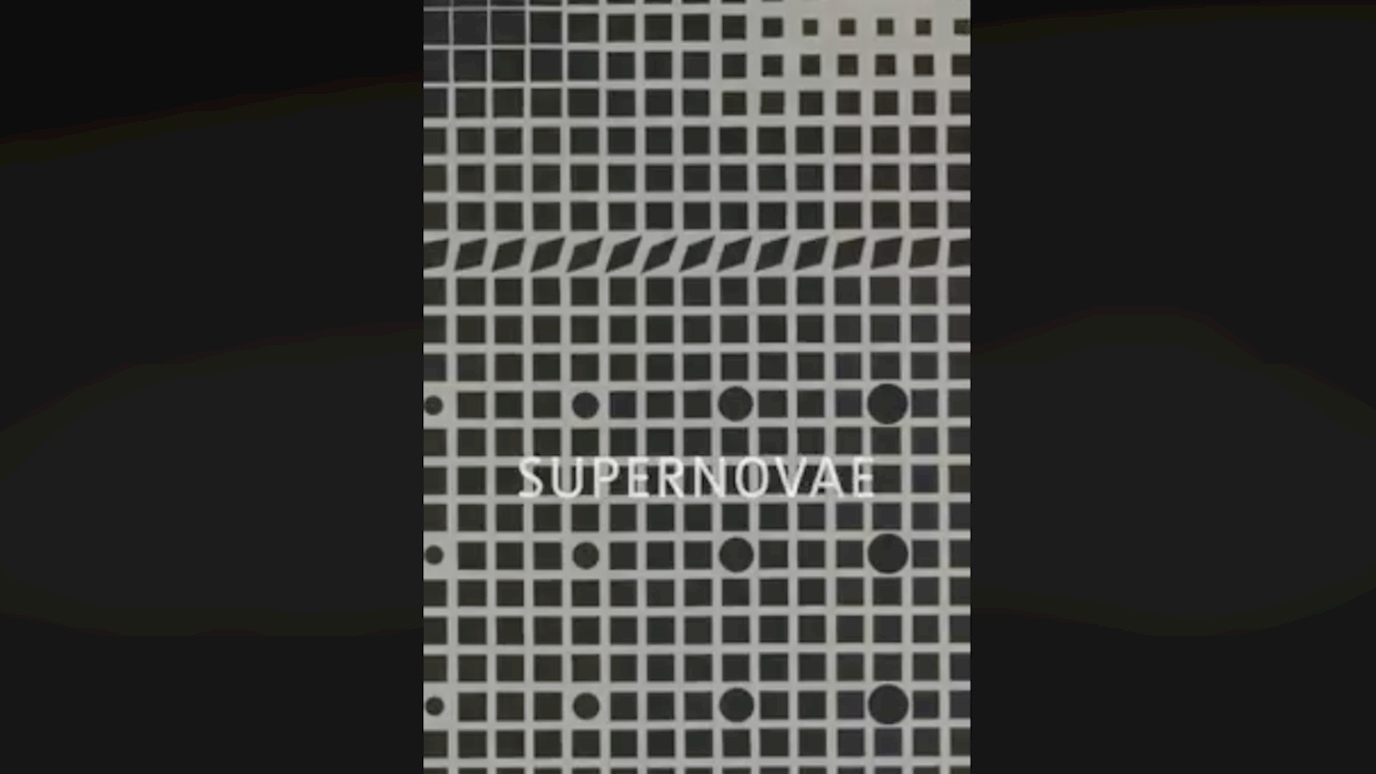
Martina Borghi’s ‘Love Letters’ video to Victor Vasarely’s Supernovae (1961)
Royal Holloway's partnership with Tate Exchange is led by the Department of Drama, Theatre and Dance. The ‘Love Letters’ series was part of the 2021 programme, ‘Inside Love’, conceived by Dr Georgina Guy, Dr Libby Worth and Dr Ruth Hemus. ‘Love Letters’ was co-ordinated and curated by Libby Worth and produced by Nick Virk at Tate Exchange.
There are many different approaches to art, new methods to bring researchers and museum visitors closer to the world of creativity. Royal Holloway is an Associate of Tate Exchange, and responded to its 2020-21 theme of ‘Love’ with a programme called ‘Inside Love’. Six postgraduate students were invited to write a love letter to a work of art of their choice within Tate Modern’s collections. This was to take the form of a short video presenting their brief – but intense and intimate – message addressed to the chosen work. The resulting videos were edited and merged to create a short film called Love Letters. The individual videos, enriched with music and images of the works chosen, can be seen on the Tate Exchange Instagram profile page.
I was happy to be one of the six postgraduate students taking part in the project, but how to choose a work of art that involved me enough to write a letter? Reflecting on my recent visits to the Tate prior to the pandemic, and on my doctoral research, I found an interesting answer. Working on kinetic and programmed art and on the perceptive engagement of the observer, I rediscovered in Victor Vasarely a precursor to the artistic poetics of my interest, and an abstract and optical painter who combined love for science and art in his works. This interdisciplinary dialogue – which has always been of great interest to me – is well expressed in his painting Supernovae, created in 1961. I therefore accepted the challenge: how is it possible to write a love letter to a work that appears so sterile and uncommunicative? My goal was to reveal a less common but effective reading of Supernovae, putting aside my historical-artistic interest to let the amazement of an ordinary museum visitor emerge. I hope I have succeeded!
During my years of study and work I have had many occasions to describe works of art to others, and several opportunities to adopt a personal approach to these descriptions. This, however, is the first time that I have had the opportunity to address myself directly to an artwork, to communicate with it on an intimate level. Certainly, the concept has an innovative, profound and almost visceral nature, but it is also useful to establish a direct dialogue with an artwork. Communicating through the form of a love letter offers to the writer the possibility to discover new aspects of the work of art, ones that are not at all obvious and can even be interpreted as irrational. Furthermore, the viewers of the videos, along with the makers, understand the powerful idea that a work of art is never finished, it always changes, showing something new to anyone who decides to engage in a personal dialogue with it.
One of the most interesting aspects of this experiment was the choices made by the participants, who selected very different works of art, encompassing an incredible variety of media: an abstract optical painting, a hyper-realistic sculpture, a series of photographs, a portfolio of woodblock and metal prints, and an installation created with fabric, wood and metal. This personal, intimate approach symbolises the immense power of art to communicate with, entertain and educate the observer beyond any stylistic language and material used.
After overcoming the initial embarrassment of having to film ourselves, I believe that writing a love letter to a work of art can certainly be a valid teaching tool, but also a way to investigate the more general concept of love. What is love for us? How do we represent it? What shapes, colours, materials, or ideas convey the idea of love to us?
Every response is valid, as long as it comes from the heart!










